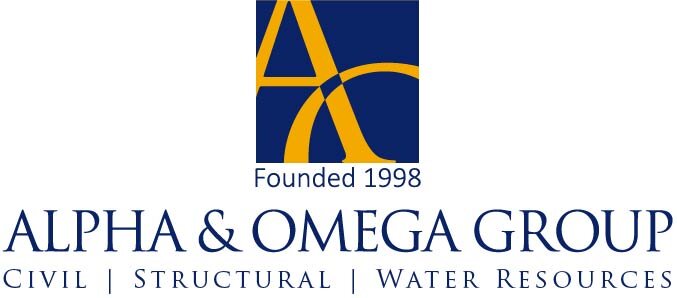Timber Alternatives: Their Strengths and Weaknesses
/When designing greenways in North Carolina, maintenance is a major consideration. Our state has three different regions, each with its own climate. All of them can wreak havoc on outdoor structures. For example, pedestrian bridges and boardwalks constructed in the coastal region are subjected to the effects of salty air and hurricanes, and bridges in the Piedmont must withstand humidity that can grow mold and expedite decay. Because of these factors, many municipalities and private owners are considering alternatives to timber.
While timber remains the most popular material for pedestrian bridges, other materials do not require the same careful maintenance. The alternatives offer unique advantages and disadvantages that need to be understood before incorporating them in a project. Here is a list of some of our most requested alternatives to timber and some things to consider before deciding the best material for any structure.
Pre-Cast Concrete
a Boardwalk with PRe-Cast Concrete that stretches over Lake Crabtree
This alternative has been used since Ancient Rome. It is created by using a mold to shape concrete into the desired form, including one that mimics the appearance of timber. After the shape is set, the concrete slab can be stained to look even more like wood. The greatest advantage to pre-cast concrete is that it can bear heavy loads while being easy to maintain in harsh environments. Since the concrete is stained, maintenance crews only need a pressure washer to keep the surface looking fresh and clean.
However, pre-cast concrete has some downsides. The most obvious is that concrete is heavy and needs a strong engineering support to bear its weight. It cannot span very far unless there is a sub and superstructure designed for it. Also, since a mold is used, the deck must be sized perfectly, with any unique features accounted for, before starting the project. Finally, concrete is difficult to resize, and if you make a mistake, it can lead to wasted materials.
Composite
Composite decking is one of the most sustainable alternatives to wood. It is made by pressing recycled wood chippings and plastics tightly together into planks. Structures made with composite decking tend to have a life of 30-50 years before replacements are needed, making it a long-lasting solution compared to timber. Composite decking also comes in a variety of colors. Since the material is wood, planks can be custom cut like natural timber. Another major advantage of composite decking is its durability. Composite is termite resistant and does not splinter with wear. It also tends to be more water resistant and doesn’t warp with rain and humidity.
Yates Mill Boardwalk’s Deck and Rails were recently replaced with Composite
However, composite decking is not without disadvantages. Composite decks and boardwalks tend to get hotter in the sun than wood and can become slippery when wet. They also scratch, stain, and wear if under constant use. If not properly cared for, composite decks can have the same failings as the timber they are meant to replace. Another flaw in composite decking is that, since it has no heat resistance and will, it requires another material to create the supporting structure of the deck. Which can mean using wood anyway.
Fiber Reinforced Polymer (FRP)
Fiber Reinforced Polymer, or FRP is made of composite polymers that have been reinforced by fibers to create a stronger, more durable material than wood, making it one of the most resilient alternatives to timber. It can be considered an improved version of composite decking, since while having the advantages of composite, FRP decks resist the natural wear, tear and effects of the elements, are slip resistant, and remain cool under the sun. Like pre-cast concrete, they hold more weight than timber, yet can be cut based on the requirements of a project.
The Substructure of the Lake Crabtree Boardwalk.
While FRP decking can be considered a halfway point between composite and pre-cast concrete, the cost can easily cause a project to run over budget. Also as of 2024, FRP lacks supporting capability, so the sub and superstructure need to be made of another material such as metal, concrete, or wood, leading to a similar issue to composite decking. While FRP combines the advantages of composite and concrete, it also shares some disadvantages.
Conclusion
There is no perfect material for decking in North Carolina. The best that owners and engineers can do is to decide which material is the best fit for the project. To do this, they must consider the climate, cost, use, and maybe which material causes the least harm to the environment. If you are thinking of replacing or building a new boardwalk or pedestrian bridge, consider first consulting with a structural engineer who is familiar with the different alternatives.
If you wish to learn more about our work with replacing timber, please visit our pages on ongoing decking replacements for the City of Raleigh, Yates Mill, and the Neuse Crossings bridges.








